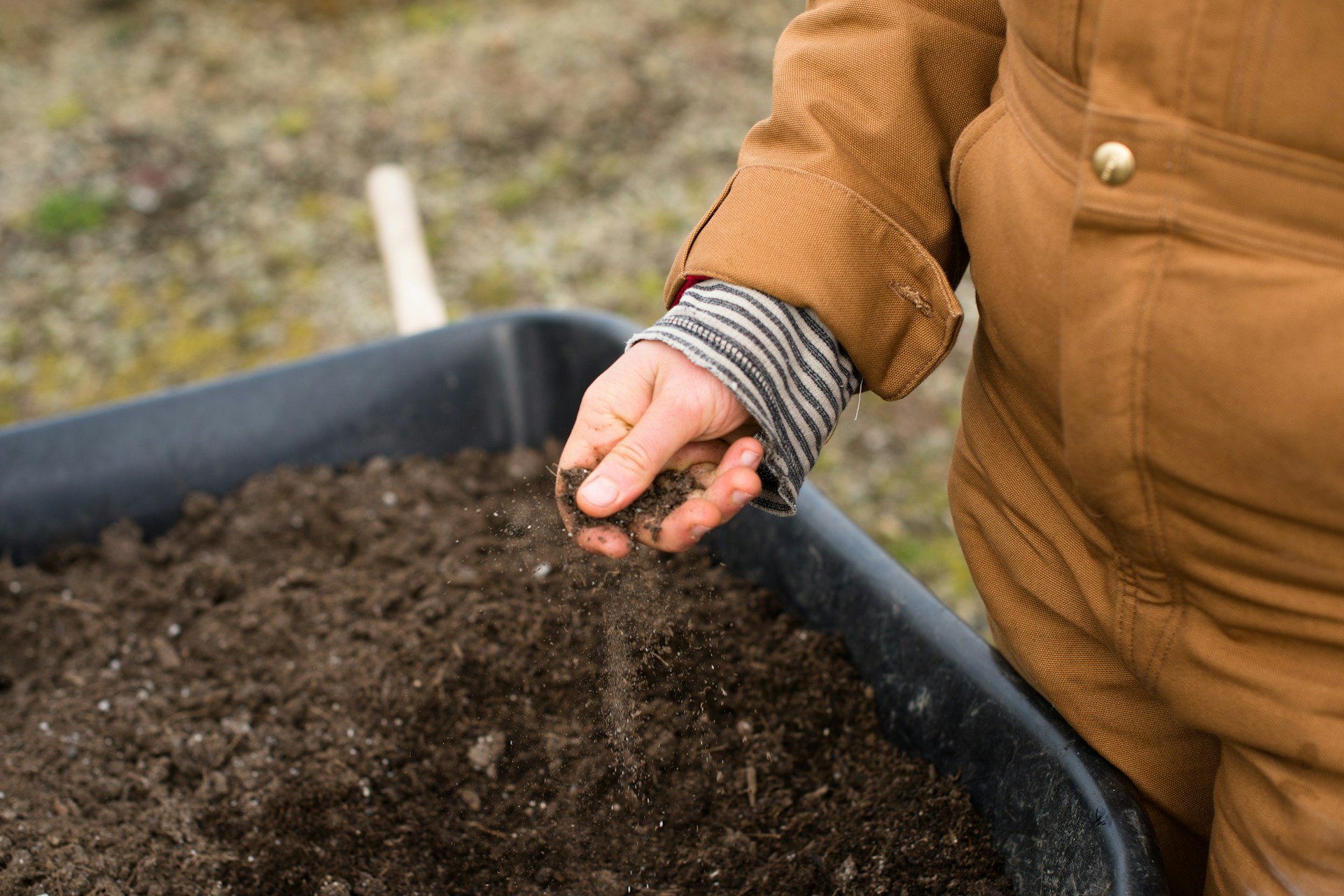Yoga, a practice deeply rooted in ancient traditions, has transcended time and geography to become a beloved global phenomenon. It is much more than a series of poses or a fitness trend; it’s a holistic approach to physical and mental health. This guide aims to unfold the layers of yoga, offering insight into its history, various styles, and the profound benefits it can bring to everyday life.
The Essence of Yoga: More Than Just Physical Exercise
Yoga is often mistaken as just a form of physical exercise, but it’s a multifaceted practice that nurtures the mind, body, and spirit. Its purpose extends beyond physical fitness, aiming to cultivate mental clarity, emotional stability, and a deeper connection with oneself.
This ancient practice varies in form, from the physically demanding Ashtanga yoga to the more meditative and spiritual Kundalini yoga, each style catering to different needs and goals.
The History and Origins of Yoga
The roots of yoga stretch back over 5,000 years in ancient India. Originally a spiritual and ascetic practice, yoga has evolved over centuries, influenced by various religious and cultural movements. Key historical texts like the Yoga Sutras of Patanjali and figures like Swami Vivekananda played pivotal roles in shaping yoga into the practice we know today, blending philosophical teachings with physical postures.
Different Styles of Yoga Explained
Yoga comes in many forms, each with its unique focus and techniques.
Hatha Yoga
Hatha Yoga is often recommended for beginners due to its slower pace and emphasis on basic poses and breathing techniques. It’s an excellent introduction to the physical practice of yoga.
Vinyasa Yoga
Vinyasa is characterized by a fluid transition between poses, synchronized with the breath. It’s dynamic and offers a good cardiovascular workout.
Ashtanga Yoga
Ashtanga is a rigorous style that follows a specific sequence of poses. It’s physically demanding and suitable for those seeking a challenging workout.
Iyengar Yoga
Iyengar focuses on precision and alignment, using props like blocks and straps to aid in perfecting poses. It’s ideal for those who want to deepen their understanding of each pose.
Kundalini Yoga
Kundalini combines meditation, chanting, and repetitive poses to awaken the spiritual energy at the base of the spine. It’s more spiritually focused and offers a different kind of introspective experience.
Basic Yoga Poses for Beginners
For those new to yoga, mastering basic poses is the first step.
Mountain Pose (Tadasana)
This foundational pose teaches balance and alignment, forming the basis for all other standing poses.
Downward Facing Dog (Adho Mukha Svanasana)
A staple in many yoga practices, this pose strengthens the arms and legs while stretching the back and hamstrings.
Warrior Pose (Virabhadrasana)
This powerful stance builds strength and stamina while improving balance and focus.
The Health Benefits of Yoga
Yoga’s benefits are extensive and backed by scientific research. Physically, it enhances flexibility, strengthens muscles, and improves posture and balance. Mentally, yoga is known for its ability to reduce stress, enhance focus, and promote a sense of peace.
Regular practice has been linked to lower blood pressure, improved immune function, and better sleep quality.
Getting Started with Yoga: Equipment and Setting
Embarking on a yoga journey requires minimal equipment. A yoga mat is essential for grip and cushioning. Blocks and straps can help with alignment and accessing poses.
As for setting, a quiet, comfortable space is ideal. Whether it’s a corner of a room or a dedicated studio space, the environment should be conducive to relaxation and focus.
Yoga Etiquette and Culture
Understanding yoga etiquette is crucial, especially in a class setting. Arriving early, turning off mobile devices, and respecting the teacher and fellow practitioners are basic norms.
Additionally, acknowledging yoga’s cultural origins and practicing with respect and mindfulness towards its rich heritage is essential.
Integrating Yoga into Your Daily Routine
Incorporating yoga into daily life doesn’t require hours of commitment; even a few minutes can be beneficial. Starting with short sessions and gradually increasing the duration can make yoga a sustainable part of your routine.
Morning practices can energize for the day ahead, while evening sessions might focus on relaxation. Remember, consistency is key to experiencing the full benefits of yoga.

Overcoming Common Challenges in Yoga Practice
New practitioners often face challenges like limited flexibility or difficulty in maintaining focus. It’s important to approach yoga with patience and self-compassion. Using props can help in achieving poses, and with time, flexibility and concentration improve.
Yoga is a personal journey, and comparing oneself to others is counterproductive. Embrace your unique path and celebrate small progressions.
Yoga is a deeply enriching practice that transcends physical exercise, offering benefits for the mind, body, and spirit. Whether you’re drawn to the physicality of Vinyasa or the meditative aspects of Kundalini, there’s a style of yoga for everyone.
As you embark on this journey, remember to approach each session with an open mind and a compassionate heart, allowing the transformative power of yoga to enhance your overall wellbeing.
















